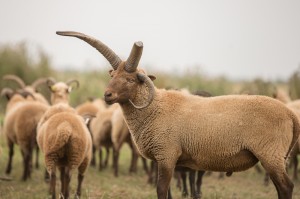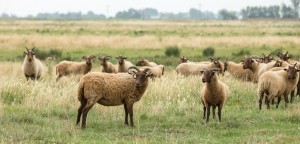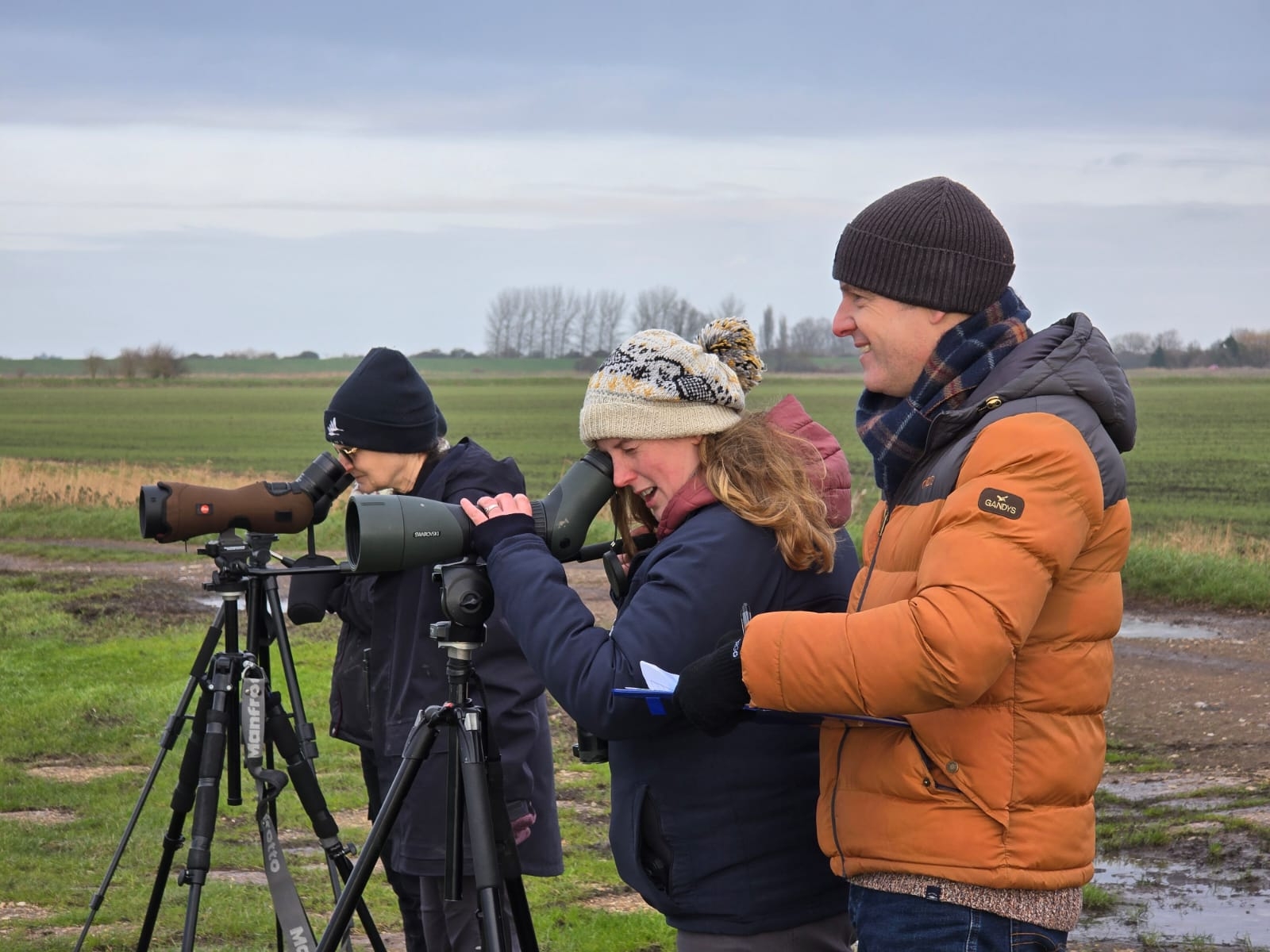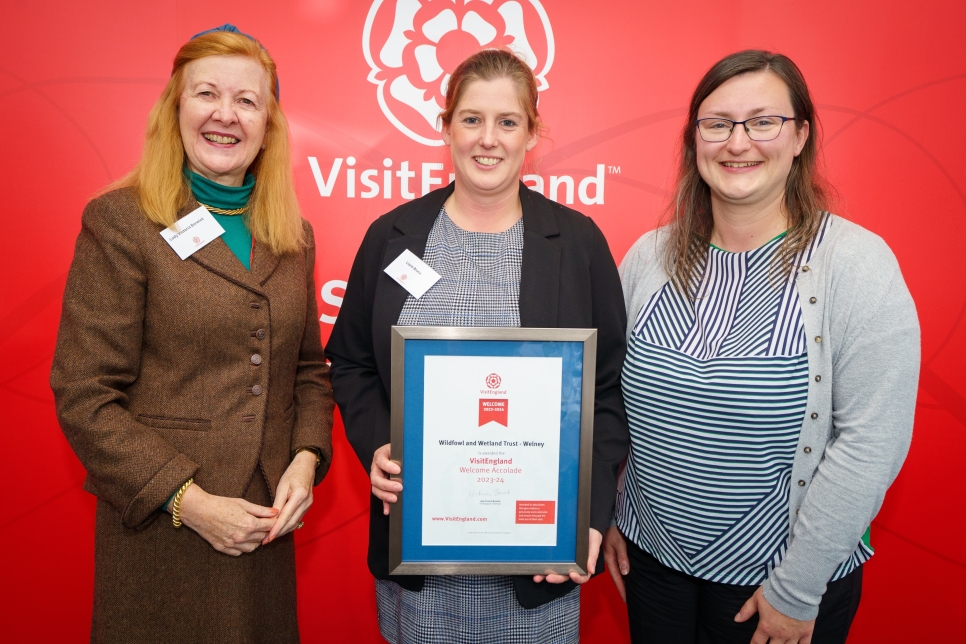Rare breed sheep help wetland birds

A herd of 87 Manx Loaghtan sheep have joined the cattle on the reserve at WWT Welney Wetland Centre to help with the conservation grazing.
Manx Loaghtan (pronounced Lochtan) have an unusual appearance in that the rams grow two pairs of horns. The ewes also have horns but these are smaller and more delicate in appearance. The ram in the flock at WWT Welney, Vladimir, has an impressive set of four horns, making him easy for visitors to spot.
The Manx sheep originate from the Isle of Man and are a primitive breed that came close to extinction in the 1950s. They are still on the rare breed watchlist but numbers are increasing and now they are helping many rare species of wetland wildlife.
Stockman Shaun O’Driscoll said:
‘Cattle and sheep have different ways of grazing. The two types of feeding complement each other to get the perfect conditions for wintering ducks like wigeon and the wading birds, like lapwing, that will breed here next spring.
‘Cattle rip at the grasses with their tongues creating a mixture of short grasses and longer tussocks. The sheep nibble the shorter grasses to get them to just the right height for our wetland birds’.
Frogs Abbey Farmer Wayne Scott said:
‘We had found it difficult to find the right place to graze our livestock. This opportunity at WWT Welney was like Christmas had come early; I don’t have to split the herd between different locations, the fencing is safe for the sheep and it gives me the room to expand my flock.
‘The sheep have settled in well and Vladimir has put on condition nicely since their arrival. I look forward to working with the team at WWT Welney going forward.’

At the end of the summer there is a small window of opportunity available for the staff and volunteers to manage the 1,300 acres of wetland habitat. The grazing that the livestock do together with management of ditches, pools and vegetation by the team, keep these wetlands in the condition needed to help wildlife survive and people to enjoy connecting with nature.



